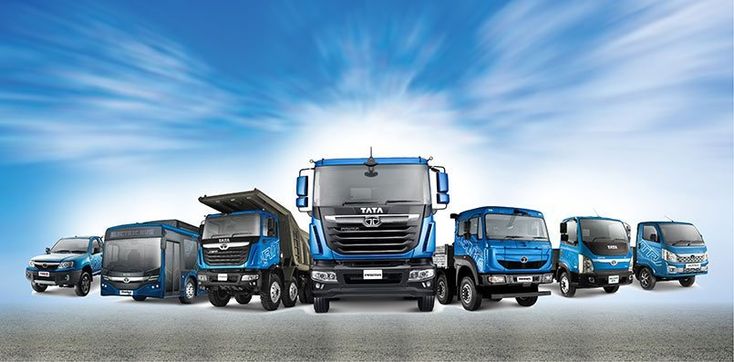The trucking industry is on the cusp of major changes, with newer technologies set to revolutionise how freight is moved around the country. These new technologies may be on the horizon, but you must prepare for their arrival. Here are the most promising innovations in truck technologies that 2025 expects to see:
1. Diesel fuel trucks
The latest vehicle innovations focus on improving fuel efficiency, reducing emissions, and enhancing reliability and durability. Key advancements include high-pressure fuel injection systems, variable geometry turbochargers, and sophisticated after-treatment systems. Other areas of innovation include telematics, fleet management software, and the development of low-carbon diesel fuels.
2. Driver-assist systems
Driver-assist systems are a trending topic in the trucking industry for good reasons. These advanced technologies can revolutionise how we drive. They make our roads safer and our journeys more efficient. The Advanced Driver Assistance System is a tool that drivers install in their trucks. It better supports drivers and helps them avoid more collisions.
ADAS can include Lane Keep Assist, blind-spot monitoring, rear cross-traffic alerts, pedestrian directions, and adaptive cruise control.
3. Fleet management systems
Fleet Management Systems are software programs that analyse and track data concerning a company’s fleet of vehicles. They provide insight into fuel usage, safety incidents, engine hours, hours of service violations, inspection results, route performance, and other relevant information. With the help of FMS, companies can gain a better understanding of their vehicles and identify areas for improvement.
It also allows freight companies to optimise their time slot management by locating the best routes for shipments based on the cost savings potential from simulation and network design techniques. It also optimises multi-stop routes, reducing costs associated with shipping goods across multiple locations.
4. Time slot management
Time slot management helps the driver and the people at the destination know when the driver is approaching and what they are carrying. Vehicle sensors, truck tracking systems, and cargo visibility technologies help with better time slot management. Vehicles like the TATA Ultra 1918 are equipped with dual-circuit, full-air S-Cam brakes with ABS, providing exceptional stopping power and safety.
5. Truck tracking systems
Vehicle tracking involves monitoring cars, trucks, equipment, and other transportation assets using sensors such as GPS technology and onboard diagnostics. Sensors record and organise information so that AI determines the cause of maintenance issues before sending technicians into the field. This results in faster repairs and reduced downtime. Telematics also tracks idling time while monitoring a vehicle’s location in real-time.
6. Warehousing optimisation
Descriptive and predictive analytics help address past business outcomes and potential future warehousing needs by allowing carriers to optimise their storage and delivery processes more efficiently with better routes.
Conclusion
Running a trucking business is not easy, especially if you are into full-scale haulage and commercial operations. Accidents, dishonesty, theft, damage, simple mishaps, and multiple other obstacles may occur. You should prepare with the right tracking systems to avoid losses.





Comments